1972 General Motors TASC4GT by Dick Ruzzin
- Story Cars
.png/v1/fill/w_320,h_320/file.jpg)
- 12 hours ago
- 2 min read
The General Motors TASC4GT, unveiled in 1972, was one of the most striking and imaginative design studies of its era. Created under the direction of GM designer Dick Ruzzin, the TASC4GT—an acronym for Total Automotive System Concept—represented a bold vision of what a future grand tourer or sports coupe could be. Also referred to internally as the GM X-Car, this concept embodied early 1970s optimism for advanced materials, new powertrains, and futuristic forms that broke away from traditional American car design.
The TASC4GT featured a sleek, low-slung body with dramatic butterfly doors that gave it an exotic, almost spacecraft-like appearance. Its proportions were carefully designed to balance aesthetics with innovation, hinting at the aerodynamic efficiency and modern engineering GM hoped to achieve in the coming decades. The design team intended for the car to be powered by GM’s experimental rotary (Wankel) engine, which was to be mounted in a midship position. This layout would have provided better weight distribution and handling characteristics—unusual for GM vehicles of the time—and allowed designers to retain four full-size seats inside the cabin, something almost unheard of in a mid-engined GT.
Although the TASC4GT never advanced beyond the full-scale mock-up stage, it reflected GM’s growing interest in system-level design thinking—hence the “Total Automotive System Concept” name. The project aimed to integrate powertrain innovation, passenger comfort, safety, and aerodynamic efficiency into one cohesive vision. Unfortunately, the onset of the 1970s energy crisis and the eventual cancellation of GM’s rotary engine program meant the TASC4GT remained a static display model, a fascinating “what-if” in the company’s design history.
Today, the TASC4GT stands as an important piece of GM’s experimental legacy—a symbol of an era when the company was unafraid to imagine radically different futures for the automobile. Though it never turned a wheel under its own power, its design influence and ambition captured the creative spirit that defined General Motors’ advanced design studios during the early 1970s.









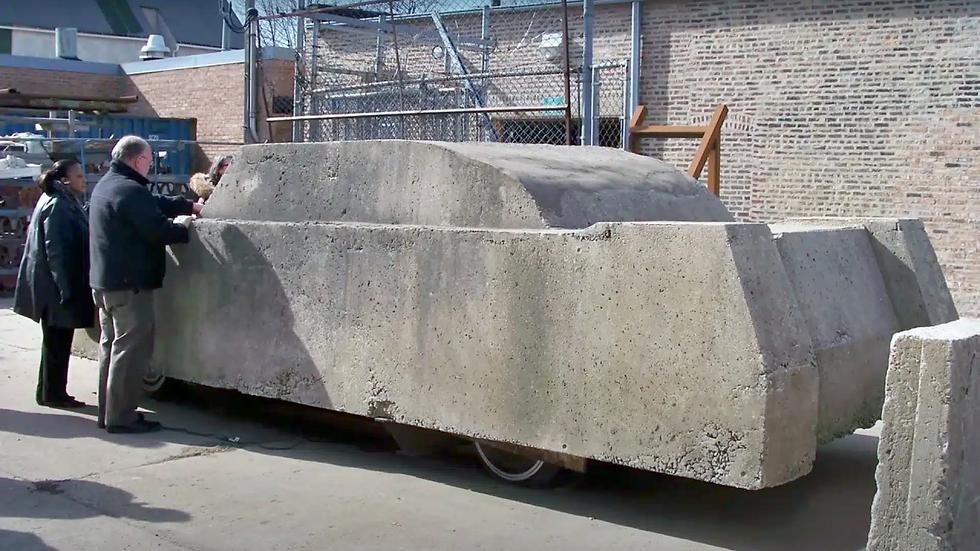






























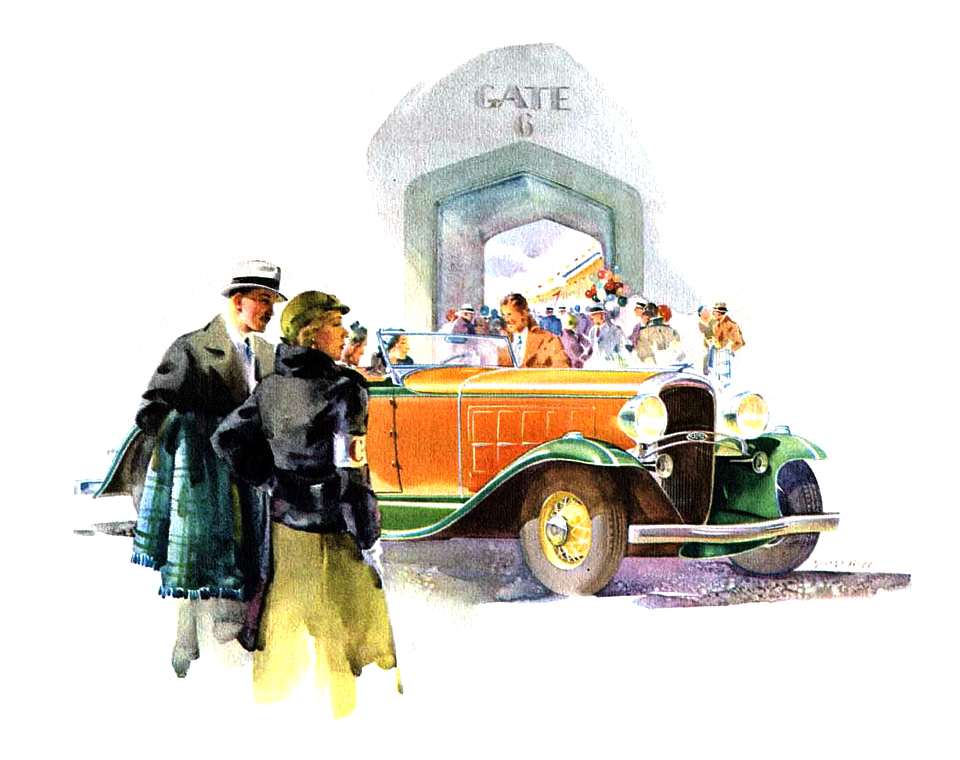








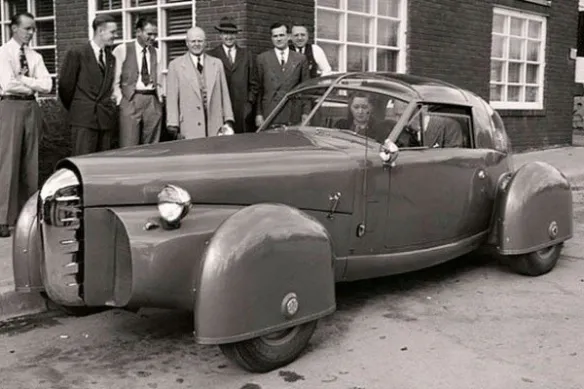



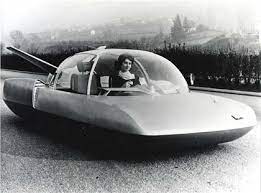

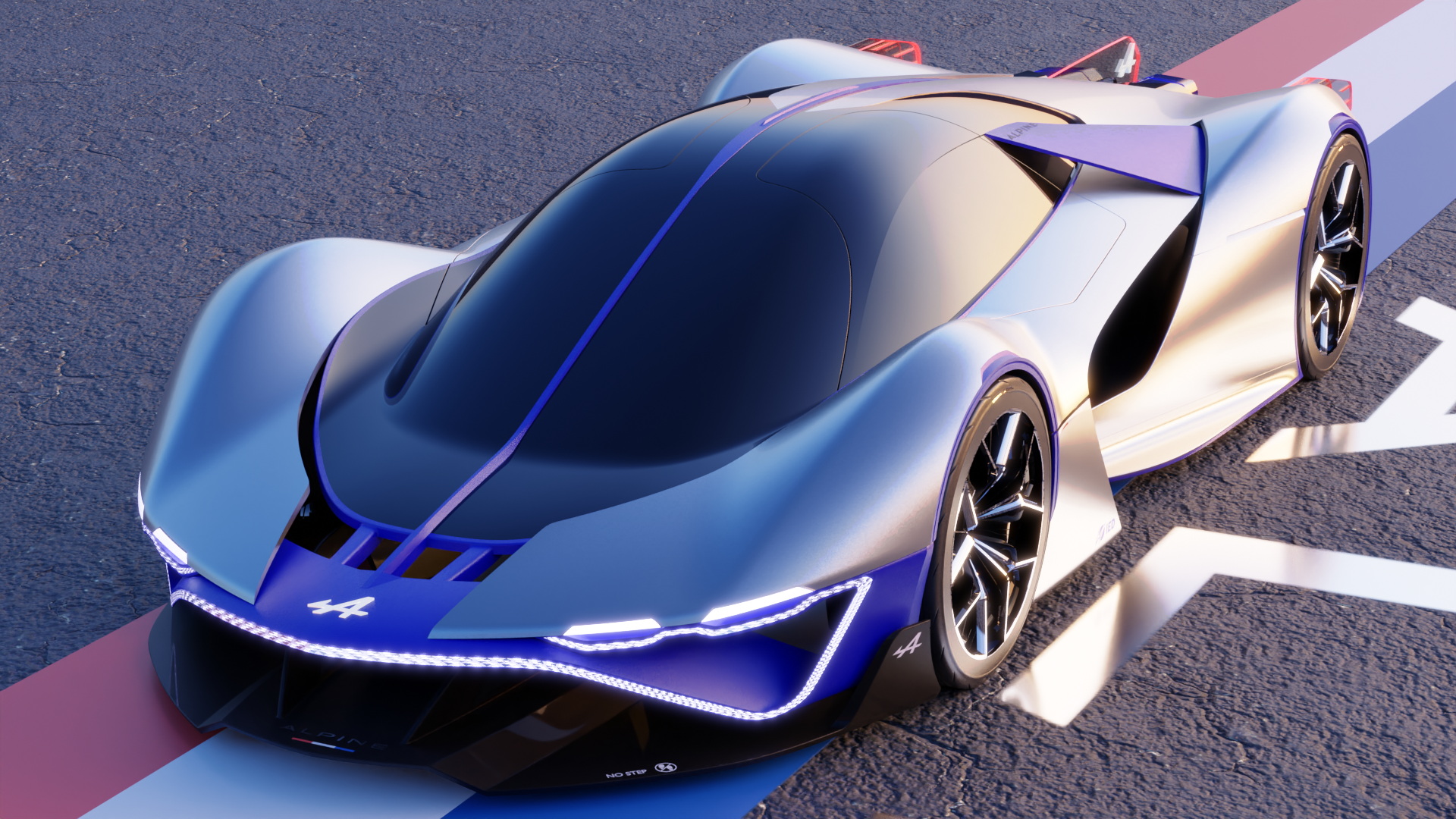
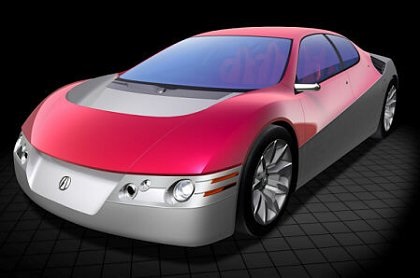


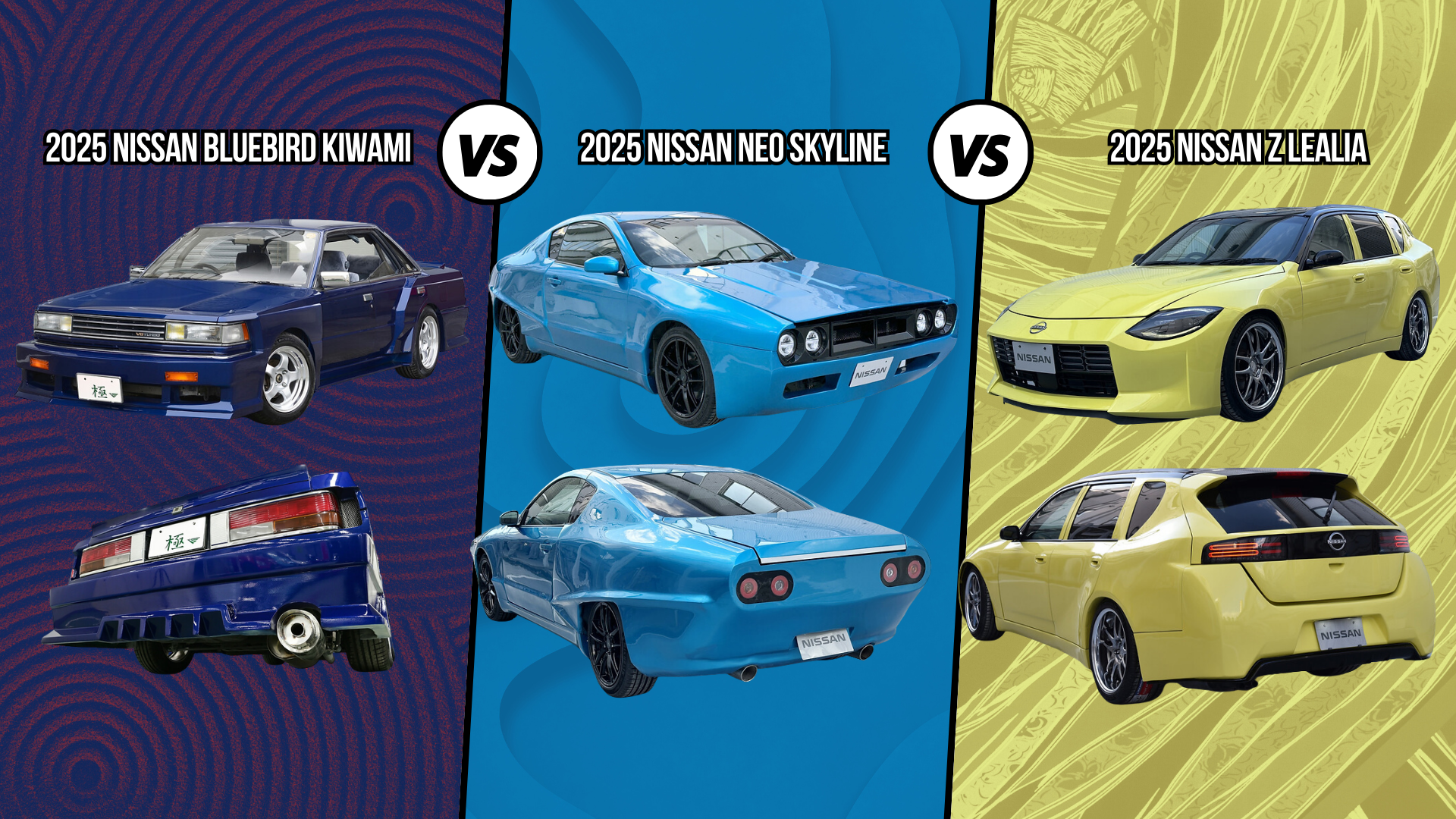
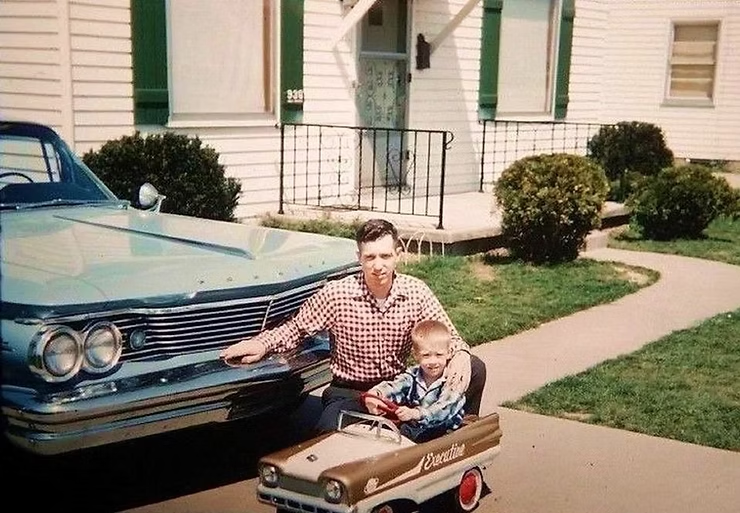
Comments